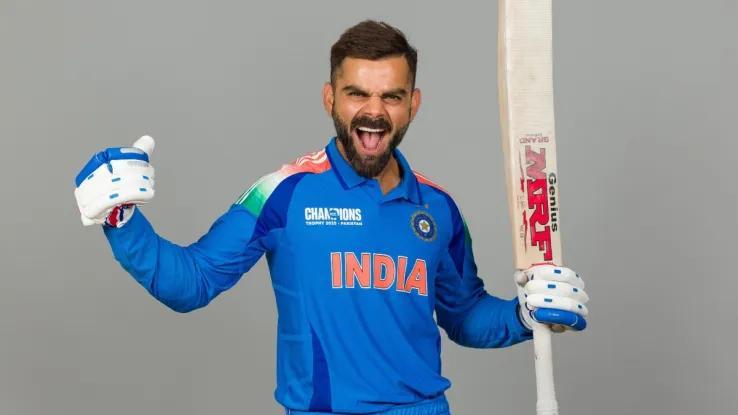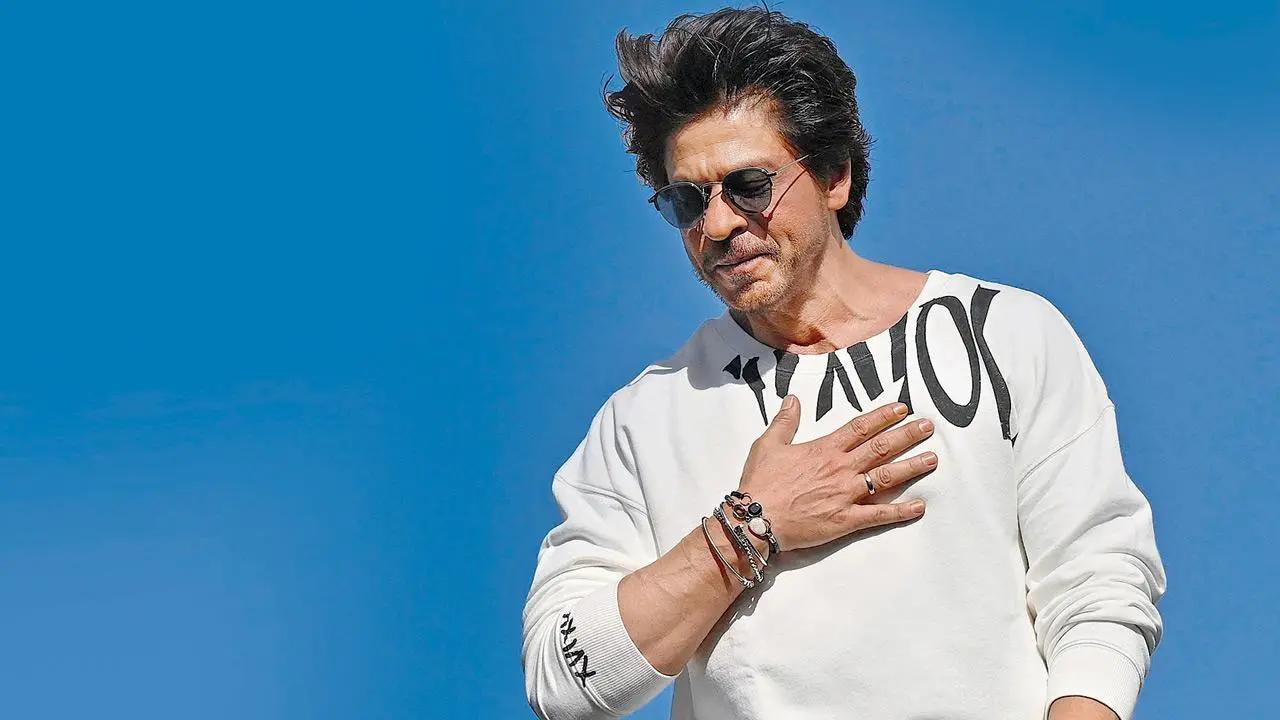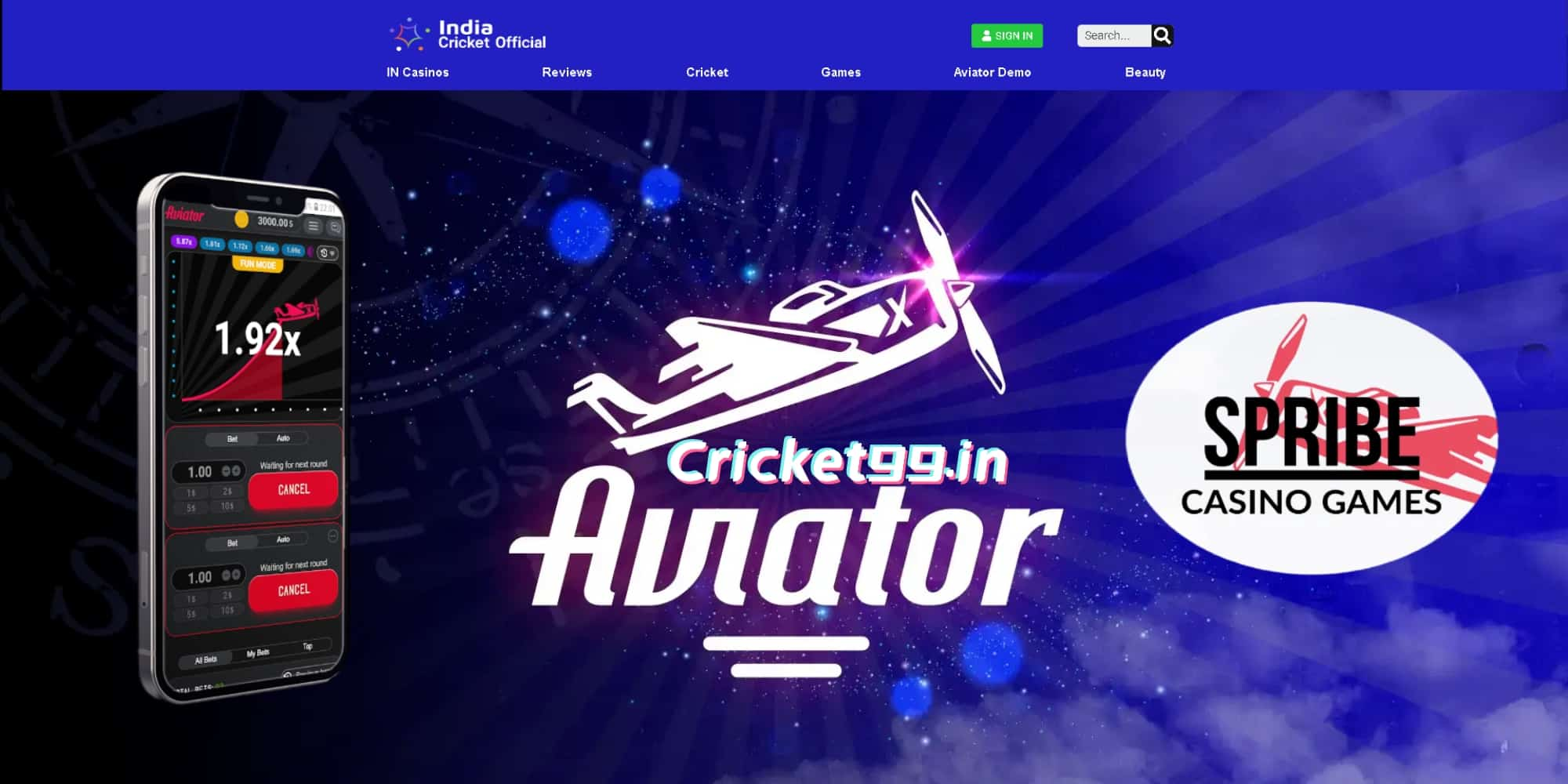
Remember Ram and Jaanu, the star-crossed lovers from 96? Now imagine the same but as a Bollywood film with Abhishek Bachchan playing Vijay Sethupathi’s Ram. That’s what film director C Prem Kumar originally imagined with his acclaimed romantic drama.
At the 7th edition of the Indian Screenwriters Conference (ISC) hosted by the Screenwriters Association of India (SWA), Prem revealed, “’96’ was originally written for Hindi cinema, and I wanted to pitch it to Abhishek Bachchan, but I didn’t have contacts!”
Starring Vijay Sethupathi and Trisha Krishnan, the 2018 blockbuster followed the reunion of former students from the batch of 1996, twenty-two years after their graduation.
While speaking to film critic Suchin Mehrotra, Prem explained why 96 organically lent itself to be a Bollywood film and added that he has now finished writing a new Hindi film script. “I know Hindi very well, and my father grew up in North India so I was constantly exposed to Hindi cinema in my childhood. My favourite actor was Naseeruddin Shah. I have written a script for Hindi now. The main reason for my interest in Hindi cinema is the diversity of the audience and not the scale,” he said.
Prem, who helmed last year’s critically acclaimed Meiyazhagan, was speaking in the session titled ‘The South Saga – Rooted, Relevant, and Revolutionary’, in which he was joined by filmmakers Christo Tomy (Ullozhukku), Hemanth M Rao (Sapta Sagaradaache Ello – Side A & Side B) and Vivek Athreya (Saripodha Sanivaaram).
Suchin Mehrotra, Christo Tomy, Hemanth M Rao, C Prem Kumar, and Vivek Athreya from ‘The South Saga – Rooted, Relevant, and Revolutionary’ at the 7th edition of the Indian Screenwriters Conference (ISC)
| Photo Credit:
Special Arrangement
Christo, who made the riveting thriller-drama Ullozhukku starring Urvashi and Parvathy Thiruvothu, said he struggled for eight years to make a film with a female lead.
“I don’t think I would have gotten this kind of a budget if I had made it with producers from Kerala. In Kerala, when you’re trying to make a project with a female star, things get difficult and I would avoid doing it because, for them, stars only mean male leads. In the other aspects of the industry, though, like directing or writing, many female artists are coming up and the environment is getting better,” he added.
Hemanth said there is a “huge disparity” between South and North industries, with the ability to “pivot” and take decisions being “largely easier” in the former. “But it doesn’t happen like that here (Bollywood). Down south, I can make films that I want to make,” he said.
He, however, noted that there is a “huge problem” brewing in the Kannada industry: of writers not being “valued”.
“They are seen as an afterthought or as a tool. I think the South is trying to catch up to the way writers are treated in Mumbai. In the Kannada film industry, we do not have a place to register our scripts, so for us, SWA is pan-Indian because there is no other body for us,” he said.
Vivek also backed Hemanth and said how a lot of writers have turned into directors because “they do not get their due credit and are not paid properly.”
“It is not right on any terms but this is what happens, and so they get into direction even though they don’t have the interest to direct,” the filmmaker added.
Published – February 17, 2025 12:31 pm IST
Tamil cinema
/
Indian cinema










